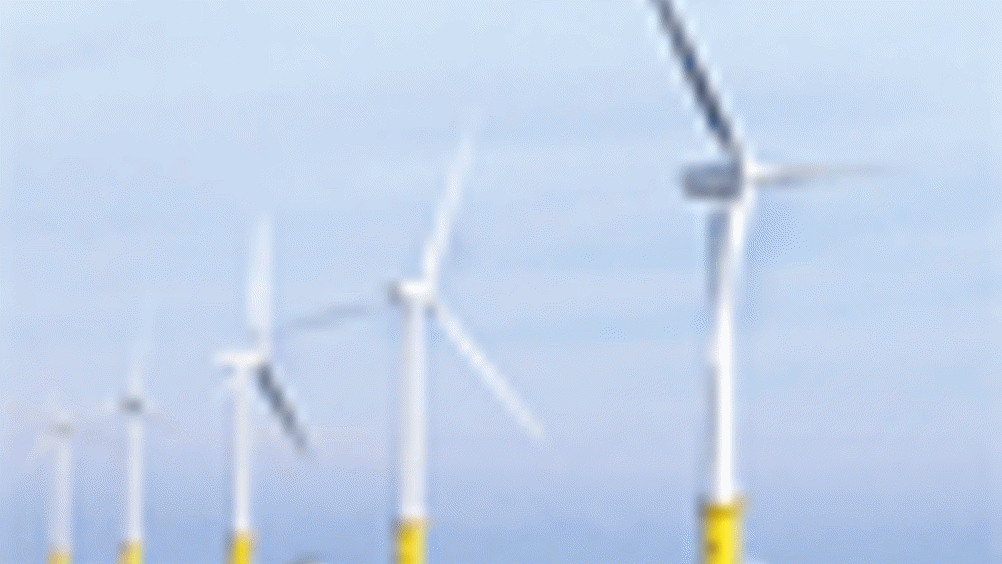Electric storm
Two projects to research and harness wind energy look set to put windfarms on the European map as a signficant source of power. Niall Firth reports.

Lately, it would seem as though expert opinion over the
's energy future has been heading irrepressibly towards the rebirth of the nuclear option. One of the arguments for this is that as laudable as renewables are, they cannot produce enough power to fill the
's energy gap if our reliance on fossil fuels were to be reduced. However, two projects in
are set to tackle this argument head on by committing huge amounts of money, resources and technology to thinking big about the future of offshore windfarms.
Last month the EU's largest-ever wind energy research project kicked off in
. Involving more than 100 wind energy specialists from throughout Europe,
brings together academia, industry and various research organisations to look at the design and engineering issues that surround the next generation of giant wind turbines to be built some time after 2010.
Led by the
(EWEA) the project was launched after pressure from the wind energy sector following what it perceived as a lack of emphasis on renewable technologies in the EU's latest raft of Framework 6 proposals.
Register now to continue reading
Thanks for visiting The Engineer. You’ve now reached your monthly limit of premium content. Register for free to unlock unlimited access to all of our premium content, as well as the latest technology news, industry opinion and special reports.
Benefits of registering
-
In-depth insights and coverage of key emerging trends
-
Unrestricted access to special reports throughout the year
-
Daily technology news delivered straight to your inbox










Water Sector Talent Exodus Could Cripple The Sector
Maybe if things are essential for the running of a country and we want to pay a fair price we should be running these utilities on a not for profit...